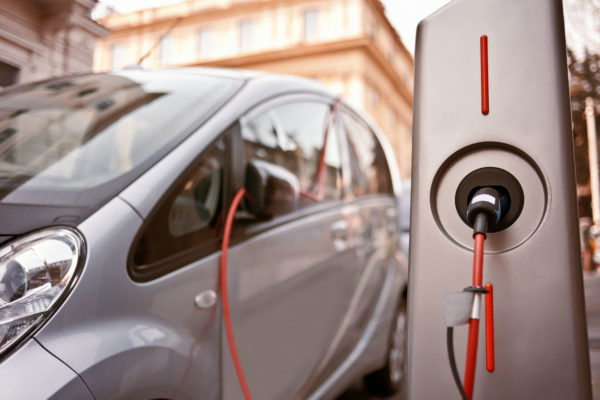Many people’s reaction to President Donald Trump’s recent threat to eliminate electric vehicle subsidies for General Motors or his view that subsidies for solar power are too high is probably: Who really cares? Unless we’re about to buy an electric vehicle or a rooftop solar system, we probably give the news little thought. But more of us ought to give it some thought. Being a “Show me the money” kind of country, we should ask whether the subsidies are working for us.
Trump made the threat to cut subsidies to stimulate the economy. But we seem to be in a situation analogous to a parent telling a child, “You behave or your sister is grounded.” Actual cuts may hurt us worse than the companies he’s trying to influence.
A recent well-publicized example of the type of government subsidies that are generally viewed as appropriate was the selection of the location of Amazon’s second headquarters. The economic benefit was likely to happen in the U.S. The only question was where. And some of the subsidy offers were impressive. Our officials can’t seem to stop themselves from trying everything to get well-publicized jobs in the area that votes for or against them. And arguments can and have been made that, within reason, it is a good thing.
Perhaps, but I can’t fully agree. I grew up in Texas where the culture told me that everything is bigger and better. So, I want a bigger and better pie so everyone benefits. And we have a well-travelled path to get there. Not only are electric vehicles and solar power on that path now, much of our modern technology such as semiconductor electronics and the internet are graduates of the approach.
The path is simple but challenging to implement. Federal and state governments invest in research that provides knowledge that companies, from major corporations to startups, can use to manufacture and distribute products. Occasionally, the major reason that a new technology isn’t a useful product is that the market is not growing rapidly enough so that the manufacturers can further reduce cost through better economies of scale. A prudent subsidy can tip the balance to bring manufacturing cost to an affordable level. Then the subsidy would no longer be needed.
That type of subsidy contributes to why jobs in the solar industry are growing fast, while the jobs in the coal industry are being lost to automation and reduced demand. When managed well, this type of subsidy can increase sales so that economic growth swamps the cost of the subsidies. And we all win.
Subsidies help us grow our economy and our jobs, but the subsidy process has been abused so often that the abuse has its own name, “corporate welfare.”
The line between good subsidies and corporate welfare is a fine one. Subsidies start with the best of intentions but become corporate welfare when they refuse to die. Subsidies for electric vehicles should not be cut. That program has a built-in end based on production volume. That’s a right reason to end, and let’s see if it works.
Subsidies, including those for energy, need to end when they have achieved their purpose or they are not working. But stopping is usually hard. Fortunately, there are exceptions. In the 1990s, the semiconductor industry received federal help to become more competitive globally. Industry leaders held a press conference in the Capitol when their companies were healthy to say they needed no more federal support.
As almost no one in America has experience managing such programs, how do we know whether it is done well? I view it as surgery. What’s the experience of the surgeon? What’s going to happen, and how does it lead to a good outcome? When there is that transparency, we can be comfortable. And we need to be alarmed if the subsidy program appears to be operated on with a meat ax rather than a scalpel. Because it is our financial future that is at risk. Not just some organizations we don’t care about.
Robert Hebner is the director of the Center for Electromechanics at The University of Texas at Austin.
A version of this op-ed appeared in the San Antonio Express News.




